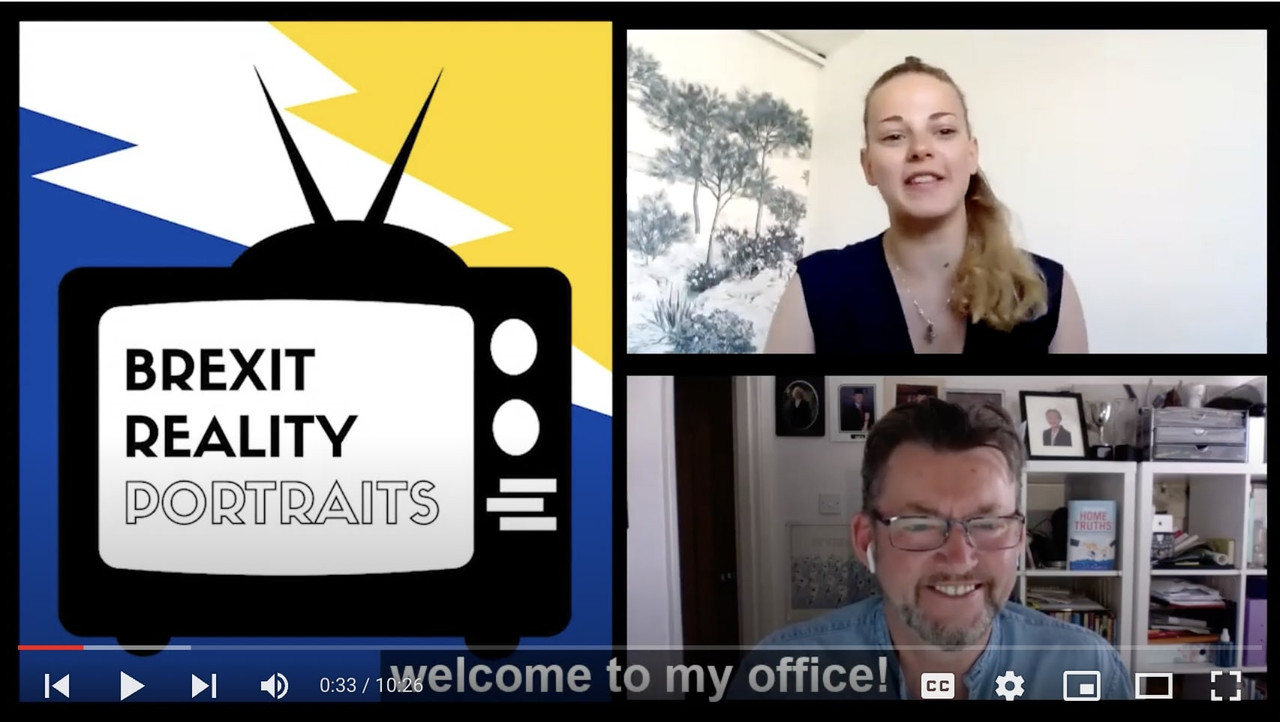“The lives of ordinary people can inform us about the past… a lot.”
So said Dr Thomas Cauvin, professor in the University of Luxembourg’s Centre for Contemporary and Digital History (C2DH) and president of the International Federation for Public History, speaking at the “Brexit Reality Portraits” webinar on 8 December.
At the event, hosted by the University of Luxembourg, Cauvin discussed the importance of oral history in the present zeitgeist. Although various academic movements in the 20th century recognised the value in oral histories, i.e. in broadening the focus to include “common” folk and not just the “elite” figures of history, the movement has a special relevance in the present digital age.
Public history, Cauvin explained, is about making knowledge not only more accessible but also more democratic. The question of accessibility pertains to communicating history to large audiences: “Public history is trying to go beyond the wall of universities,” he said.
But democratising history is the real challenge of the era. “And this is where oral history comes in,” said the professor. “How do we work with different groups to make history more inclusive? Is it always possible to do so, and for every topic? And what does that tell us about the role of history and historians today in our society, where most people use Wikipedia or social media to inform their conception of the past?”
“You can find plenty of discourses and narratives about the past online, but very little historical production,” he continues. In such a context, historians face new questions about how knowledge is created.
New shoes
Cauvin cited examples of “microhistory” projects carried out at the University of Luxembourg, one of which explores the past by using a family object as a lens. For such a “history harvest” people are asked to come in for interviews, to bring an object, and to tell the story of that object. “This is much more than just family history,” he explained. “There are family stories that can inform us about World War II, for example.”
The job of the historian is thus not (only) to synthesise a narrative out of primary documents and important figures, but also to interpret and contextualise oral histories within the larger context. In doing so, they are co-creators of history: the historian shares authority with the oral source, Cauvin says.
Brexit Reality Portraits
Several members of the Young European Movement UK have put this methodology into action by creating an oral history of Brexit: the result, a series of videos, under the title “Brexit Reality Portraits”.
Behind the project is Alexiane Terrochaire-Barbançon, international officer of the Young European Movement UK and recent graduate of the London School of Economics. “It started small,” said Terrochaire-Barbançon at the webinar on 8 December. Appropriately enough, the idea came out of a casual discussion: Ekaterina Dimitrova, pro-EU activist and UK–Bulgarian citizen, told the activist about getting British citizenship. “Given the power, importance and relevance of her story,” said Terrochaire-Barbançon, “it occurred to me that it should be heard, along with others.”
Terrochaire-Barbançon has ensured that the portraits include subjects who fall on different sides of the political spectrum and who variously come from the UK and/or Europe. “One of my personal goals was to learn about different opinions,” she said. “It was my way of bringing down the antagonism between leavers and remainers, at least partially.”
“And I know that’s ambitious,” she added.
So far, ten portraits have been published as part of the project, but Terrochaire-Barbançon reported that more are planned. “I’m very happy to announce that Season Two is coming,” she said. “Preparations will start in February 2022.”
